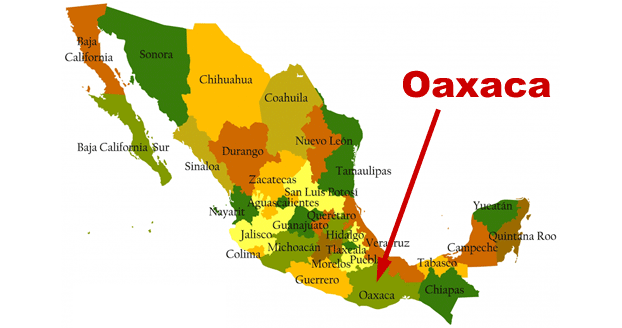On adultery, of the smoky variety
The danger with passion is that it often knows no limits. Freud described the Id as "a cauldron of seething excitations." After three years of monogamous devotion to whiskey (aside from the occasional flirtation with rum) Mr. & Mrs. Beast were starting to consider committing some adultery and venturing out into other smoky spirits. That's when we received a copy of this drunken missive addressed from Jake to Mezcal. We had found a kindred spirit.
Dear Mezcal,
The truth is, I've loved you since the moment we met three years ago. I saw you at a party and was immediately intrigued. You were so wild and exotic and smelled like perfection. And that accent of yours! But I was deeply involved with someone else. So I hid my feelings and remained loyal to Whiskey. I won’t lie, Whiskey has been true to me and taught me much about the world. I can’t imagine my life without Whiskey and will continue to be with her, but nonetheless you remained on my mind. The brief time we'd spend together, here or there at an industry event, turned into wonderful forbidden tastes of your fresh outlook on life. Your little spicy secrets hinted at a deep, lush culture to be explored.
Since our affair this summer, these last months have been an absolute joyride. I count the days until I see you again. You transport me to another place. You take me to another time. A simpler time. It's become impossible to deny my feelings for you. I want to know everything about you. I want to see you in all of your forms. Your natural beauty when you first wake up. Your polished subtle sweeter side after taking obnoxiously long to get ready. I want to know all of your secrets. I want to stay at home and keep you all to myself. I want to go out and show you off to the world. I want to smell you as I swing open the door leading to my unfortunately peach-walled apartment. I want to post pictures of us together on the internet and take selfies with you. I want to make us official on Facebook. I want to #netflixandchill with you.
Yes, it's true, I'm still in bed with Whiskey. And, yes, yes, you may still see me out to dinner with wine and rum and beer. If loving too much is my crime I plead guilty! So, although it’s true that I am asking you to be a part of my Utahnian Polygamist relationship with wine and spirits, I can promise you that you will be my main squeeze! For the foreseeable future at least...
Drunkenly but Sincerely, -Jake
Well what could we do after reading this but ask Jake if he would join up with SmokyBeast to be our official Mezcal writer?? Please help us in welcoming Jake as our official ambassador to Mezcal! And without further ado, his first post.
Mezcal 101
 |
| Maguey |
Mezcal is made from the heart (Pina) of a cactus like plant called agave (Maguey), which when unearthed looks like a really big pineapple. Similar to wine grapes there are many different species of maguey and mezcals can be a blend of different agaves. About 85-90% of mezcal on the American market today is made from a variety called Espadin.
Production
 |
| Traditional Palenque - piña roasting pit (image from Rachel Alexander) |
Once the maguey is unearthed, the pina is cooked in pits dug into the ground (called palenques). These vary in size but are on average about 10 feet wide and 6-8 feet deep. The pit is lined with stone to retain heat. A wood fire is started in the pit and then everything is covered with pieces of agave plant and dirt. The pinas will cook in these pits for 2-4 days. The process caramelizes the sugars in the piña and imparts its famous smoky flavor.
 |
| Crushing the roasted piña |
Roasted pinas are removed and crushed using a stone wheel which turns the pinas into a pulp like consistency. This pulp is put into a fermentation vat with water and left to ferment naturally or using native yeasts. Fermentation can take anywhere from 2-4 weeks and is usually in large wood or clay vats. This mixture (Wash) is then distilled twice on a copper or clay pot/alembic still.
 |
| Mezcal still |
Aging
There are three classifications of mezcal according to the length of barrel aging:
- Joven means it sees no time in oak or a max of 2 months.
- Reposado is between 2 months to a year in oak.
- Anejo means between 1-3 years in oak.
Stay tuned for a whole series of mezcal reviews from Jake coming soon to SmokyBeast!


Uhhhh......tequila?
ReplyDeleteWhat about tequila senor?
Delete